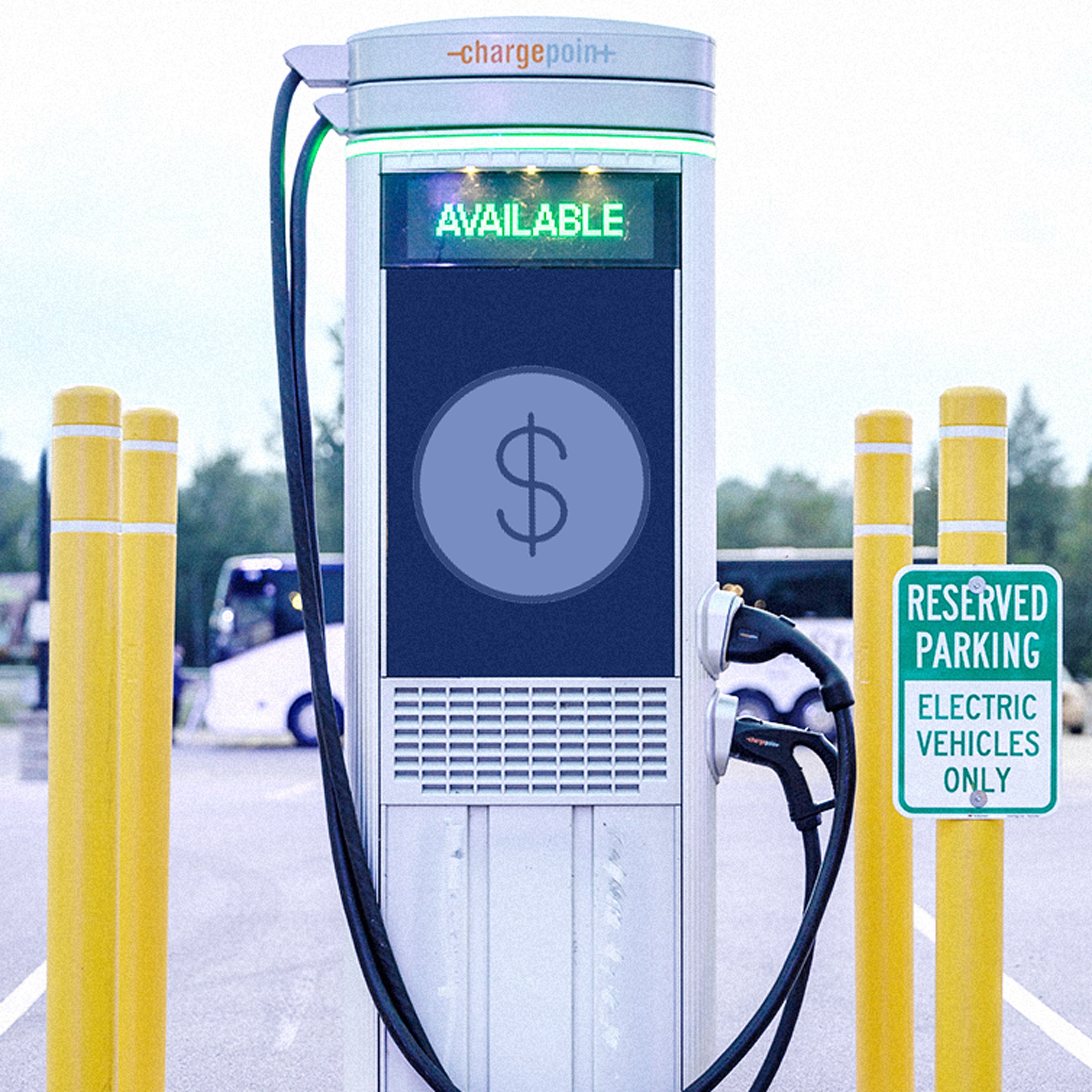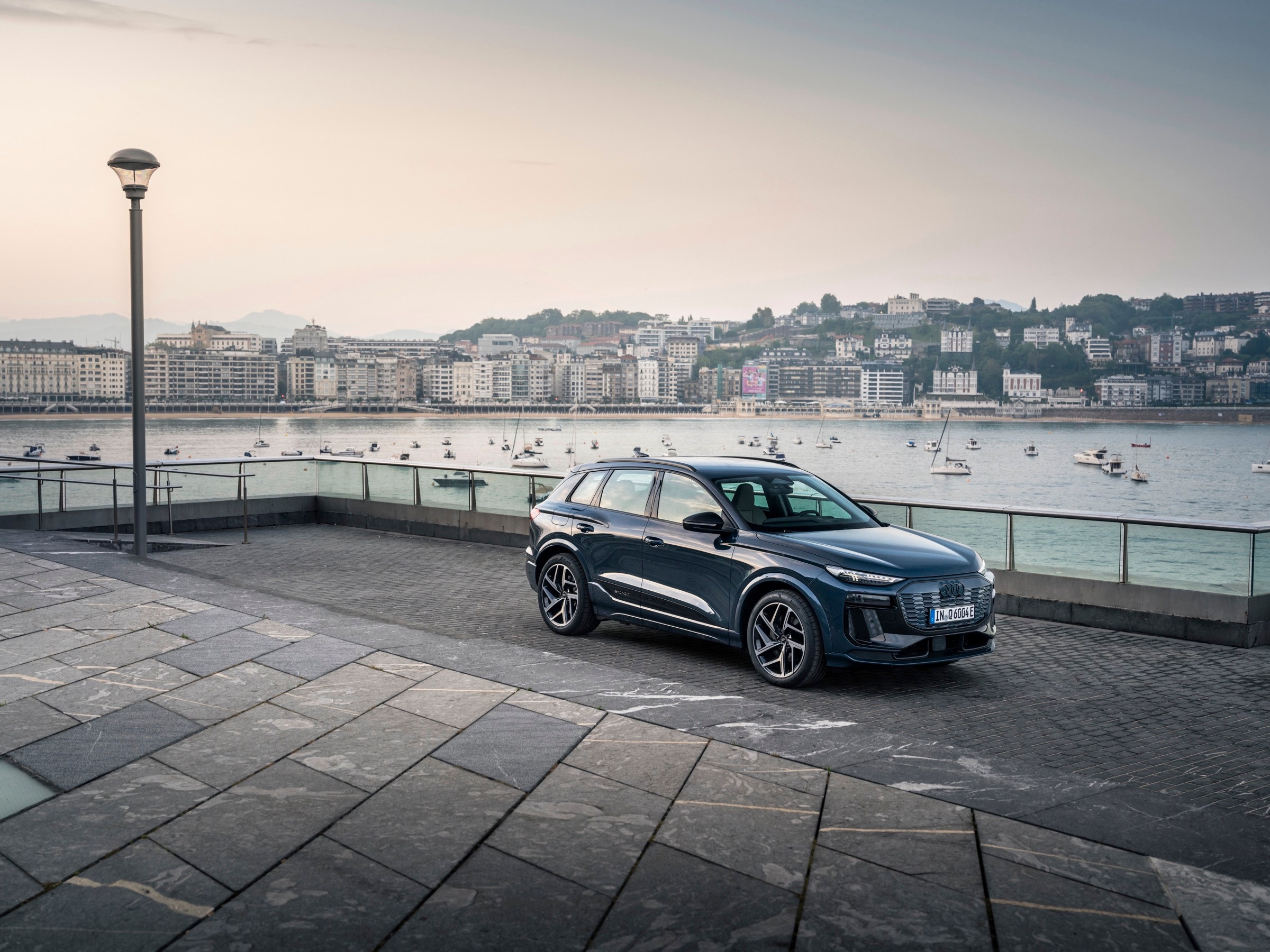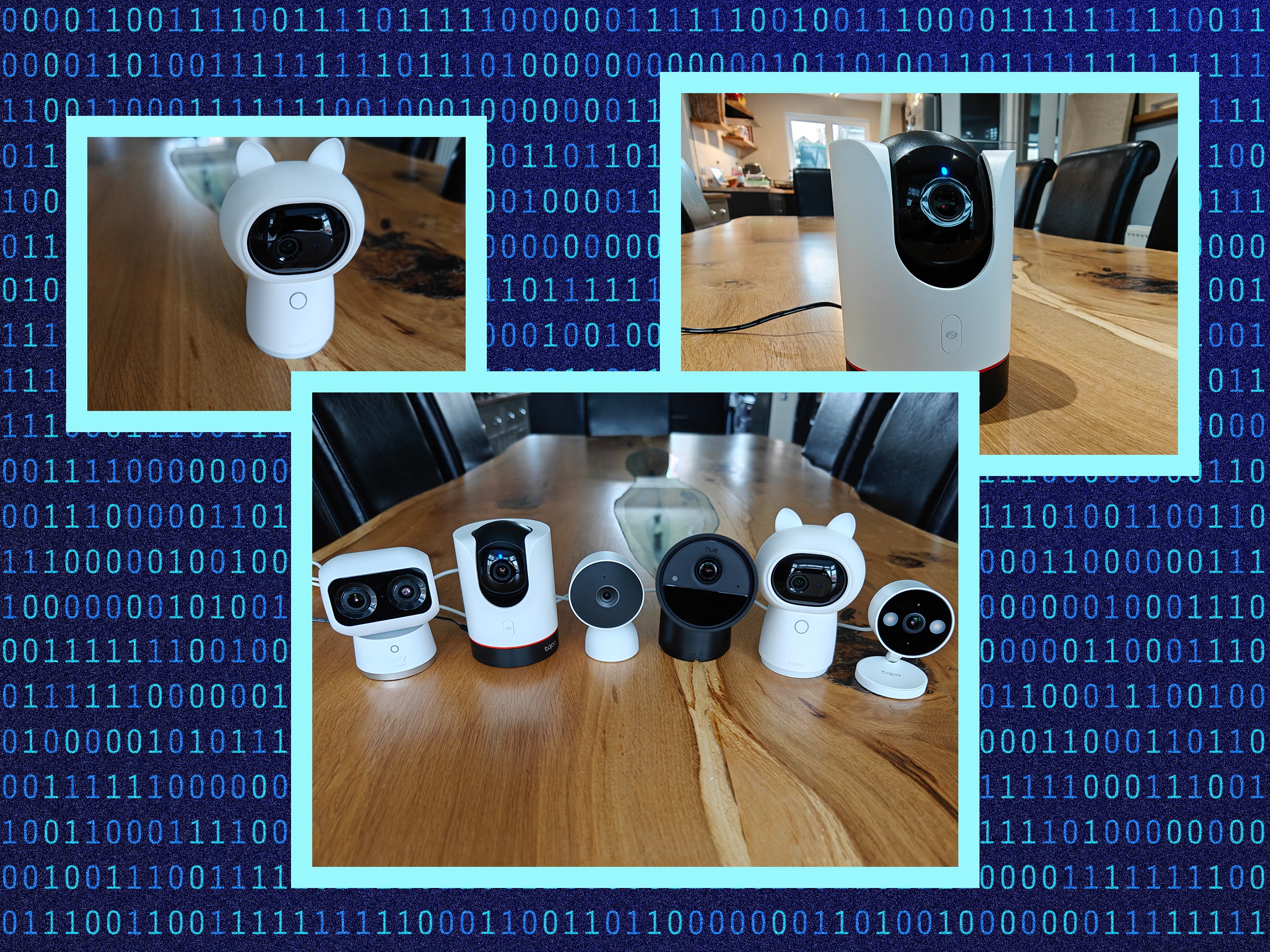How Much Will It Cost to Charge Your Electric Car? It’s Complicated

There’s good news about electric vehicle charging, according to new survey results from the analytics firm JD Power: Drivers are more satisfied with their public charging experiences than last year. In fact, it’s the second quarter in a row that’s seen happier EV drivers.
When it comes to public fast chargers—which can generally top up electric vehicle batteries in 15 minutes to one hour—the drivers are much more pleased with availability and ease of payment. Satisfaction around public fast-charging times has improved, too.
But one pain point stands out: how much it costs to use a public fast charger. “It’s the least satisfying aspect of fast charging,” says Brent Gruber, the executive director of the electric vehicle practice at JD Power. “It’s pretty sizable in terms of its impact.”
In fact, there’s data to back up drivers’ pricing qualms. Public fast charging has gotten a touch more expensive this year, according to a new analysis by Stable, an electric vehicle charging software company. Public fast chargers increased from an average of 45 cents per kilowatt-hour at the end of March to 46 cents per kilowatt-hour at the end of June. At that price, it would cost about $35 to charge a Tesla Model 3 Performance and just over $40 for a Ford Mustang Mach-E.
Why are drivers frustrated with pricing? One reason might be that, for good reason, drivers don’t understand how electricity pricing works. Another could be that, while gas stations are the only place gas-powered cars can get fuel, public charging stations are just one option for EV drivers—and they’re used to paying much less to charge. By comparison, public fast charging might feel way too pricey.
$$ Questions
It turns out that electric-vehicle charging prices are pretty complicated. For one thing, just like gas prices, they vary across states and even cities. Stable’s data shows that some states, including Georgia, Tennessee, Wyoming, and New Hampshire, saw higher than 10 percent jumps in public fast-charging prices. (Perhaps not coincidentally, JD Power’s survey finds that drivers in New England, home of New Hampshire, are least satisfied with public fast-charging prices.) Some of these jumps, Stable notes, are in places where prices were much lower than average; now, they’re keeping up with the Joneses.
Another complexity that might be frustrating EV drivers: Electricity pricing itself is confusing and is in the midst of changing. A lot of variability in electricity prices—and so, the price a driver will pay to “fill up” their car at a charging station—depends on how electricity is generated, either through natural gas, solar, hydropower, or coal. The costs of that infrastructure, including not only build-outs but also expansions and maintenance, gets baked into the final price at the pump.
But wait, there’s more: Different public utilities also use different public incentive programs and price their products differently. And there are about 3,000 public utilities in the United States.
Which is all to say: “There’s a lot of variability in terms of costs and how they’re passed on to customers,” says Ben Shapiro, who manages the carbon-free transportation program at the Rocky Mountain Institute.
Another weird feature of electricity pricing are demand charges. These are fees that EV charging site hosts pay, and are based on their highest usage, in 15-minute to one-hour intervals, during a pay period. These demand charges help utilities deal with the various costs of building and maintaining an electric grid. But they’re frustrating in the EV charging context, because some chargers get used very rarely—but when they are used demand a lot of electricity in a short amount of time. That leads to demand charges.
These demand charges can hit the “hundreds of thousands annually for a specific site,” says Rachel Moses, who directs sales, marketing, and business development at Electrify America.
Meanwhile, some utilities charge “peak” pricing—that is, more money when lots of other people are using electricity. This means it tends to cost more for charging sites to provide electricity between 4 pm and 9 pm, when everyone heads home, turns on their televisions, air conditioners, or heat units, and perhaps plugs in their cars. It all amounts to slightly unpredictable charging prices.
Electrify America says its pricing is “station specific,” meaning it will charge customers more money to charge at stations that are more expensive for it to run. But other EV charging companies take a broader approach and average out the costs of running their whole network to figure out pricing across a wider area.
What’s more, companies are permitted to charge dynamic prices for EV charging, meaning they can change. There is, fortunately, a limit to this strategy. Rules around national public-charging infrastructure funding means that any chargers built with public funds can’t change their prices when you’re in the middle of charging your car, even if the price the company is paying for its electricity changes.
This all means it’s hard, right now, to predict what you’ll pay to top up at a public fast charger. No wonder drivers are frustrated.
Nu Gas Station?
But should drivers be frustrated? Not quite knowing what you’ll pay to charge up your car at a public fast charging can be annoying. But it’s also not a full reflection of most peoples’ EV experiences.
The real advantage of owning an electric vehicle is that, while you can only find gas at a gas station, cars can be charged in lots of different locations. At home, at the grocery store, at work: These places might not all have fast chargers, but plenty have outlets and “level 2” slower chargers where drivers can get a bit of juice.
Headlines—and some drivers—get really hung up on public charging stations. But some 90 percent of today’s electric vehicle drivers have garages, driveways, or other places where they can charge their cars overnight. Someday, that won’t be the case, and public chargers will have to fill in the gaps for people who live in apartments or park on the street.
But for now: Maybe don’t get too caught up on public chargers, which today mostly fill in the gaps when EV drivers are on long car trips.
“We have this gas-station model in our heads,” says Kellen Schefter, the senior director of electric transportation at the Edison Electric Institute, an association representing US investor-owned electric companies. “If our goal is only to replicate the gas-station model for EVs, we’ve missed out on one of the real advantages of EVs.”




